III. Discussion
This study examined IoT technologies applied in medical institutions by dividing them into four categories according to the type of information collected: location tracking, environmental parameters, energy consumption, and biometrics.
The use of IoT sensor technology for location tracking will provide timely medical services through the efficient management of medical devices and personnel in hospitals. As a result, patients will be more likely to have positive experiences of medical services.
IoT technology for measuring environmental parameters will play a crucial role in accurately identifying and controlling environmental factors that can be harmful to patients. This technology can help to provide a more pleasant and safe environment to patients by measuring not only temperature, humidity, and air quality, which constitute the indoor hospital environment, but also pollutants, pathogens, and radiation.
The use of IoT sensor technology for energy measurement will optimize the allocation and utilization of limited resources in the hospital and improve the efficiency of energy consumption, thereby enhancing managerial efficiency and reducing hospital costs. The economic value generated from these improvements can be returned to patients, increasing hospitals’ cost-effectiveness.
Biometric IoT technology will improve the quality of medical services provided by hospitals by contributing to medical staff ‘s efforts to accurately diagnose diseases and to provide appropriate and effective treatment. This technology will also increase the accuracy of diagnosis and treatment by monitoring patients’ vital signs in real-time with sensors, and help to identify effective measures for disease management by obtaining information on patients’ daily life conditions, which are difficult to assess in common clinical settings.
As the global pandemic of COVID-19 continues for several years, infection control has become an important social issue. In particular, the IoT sensing technology described above can be practically applied to the five major tasks of facility hygiene, social distancing, contact tracking, bed occupancy control, and air quality management to prevent the spread of infectious diseases. Biometric sensors enable continuous monitoring of patients’ biometric information. Tracking sensors will be used to efficiently allocate patients and medical resources in order to minimize the shortage of medical personnel, to identify infection routes and contacts of confirmed infectious diseases, and to maintain and manage social distancing. This approach is expected to contribute to cost reduction by providing an appropriate environment to prevent exposure to pollutants and pathogen infection by using environmental sensors, and by increasing energy use efficiency through the use of energy sensors. In addition, various methods of utilizing the IoT have been announced in response to the pandemic, and their importance in clinical practice is being further emphasized [
30].
It is certain that these IoT-based technologies will contribute to realizing the values of improving the quality of medical services, increasing patient safety, improving management efficiency, and providing patient-centered medical services.
In order for medical institutions to provide new medical services enabled by the integration of IoT technologies, the following efforts are needed.
When designing hospital IoT services, medical institutions should establish information protection measures by complying with cybersecurity regulations and protecting health management records. The Ministry of Food and Drug Safety has released the “Cybersecurity Permit and Review Guidelines for Medical Devices” to encourage compliance with security requirements. The guidelines classify security requirements into the categories of “identify,” “protect,” “detect,” “respond,” and “recover,” and describe each requirement in detail. Medical institutions should promptly apply the security requirements specified in the guidelines not only to medical devices, but also to IoT devices used in institutions and other related services [
31,
32].
The government needs to establish continuing investment and deregulation policies for hospitals to introduce IoT infrastructure. It is known that it takes more than a year from system planning to installation and construction to implement medical IoT services [
31]. Therefore, direct and indirect incentives, such as infrastructure support and appropriation of related medical fees, should be provided to encourage hospitals to build IoT infrastructure. In addition, it is necessary to lay the foundation for research and development of more practical services under legal protection by actively utilizing the regulatory sandbox system.
The government started a project to support the development of a leading smart hospital model to demonstrate hospitals’ IoT services. The results of this project will make it possible to identify areas that require support.
Simultaneously, to encourage the spread of hospital IoT services, standardization activities should be carried out jointly by the government, industry, academia, research institutions, and hospitals. It is necessary to derive an agreed-upon method for connecting various entities and components such as devices, contents, data transmission formats, terminology, and external service interworking. Efforts should also be made to determine the optimal method by integrating multiple guidelines.
Hospitals prioritize the diagnosis and treatment of patients, as well as disease prevention and rehabilitation services. Since the concept of the modern hospital was introduced at the end of the 19th century, hospitals have been evolving and making continuous efforts for the health and well-being of patients, and today, the pace is accelerating due to dazzling advances in science and technology. IoT technologies will further accelerate the development of hospitals by improving connection and accessibility among various entities and by expanding communication in the medical environment. Therefore, it is expected that IoT technologies will become a key element in supporting hospitals to perform their original functions more faithfully.
This study is an exploratory study on IoT services that can be utilized in medical institutions. As technology advances, various technologies and applications can be found. Therefore, continuous expert review and structured case studies are necessary.
Go to :

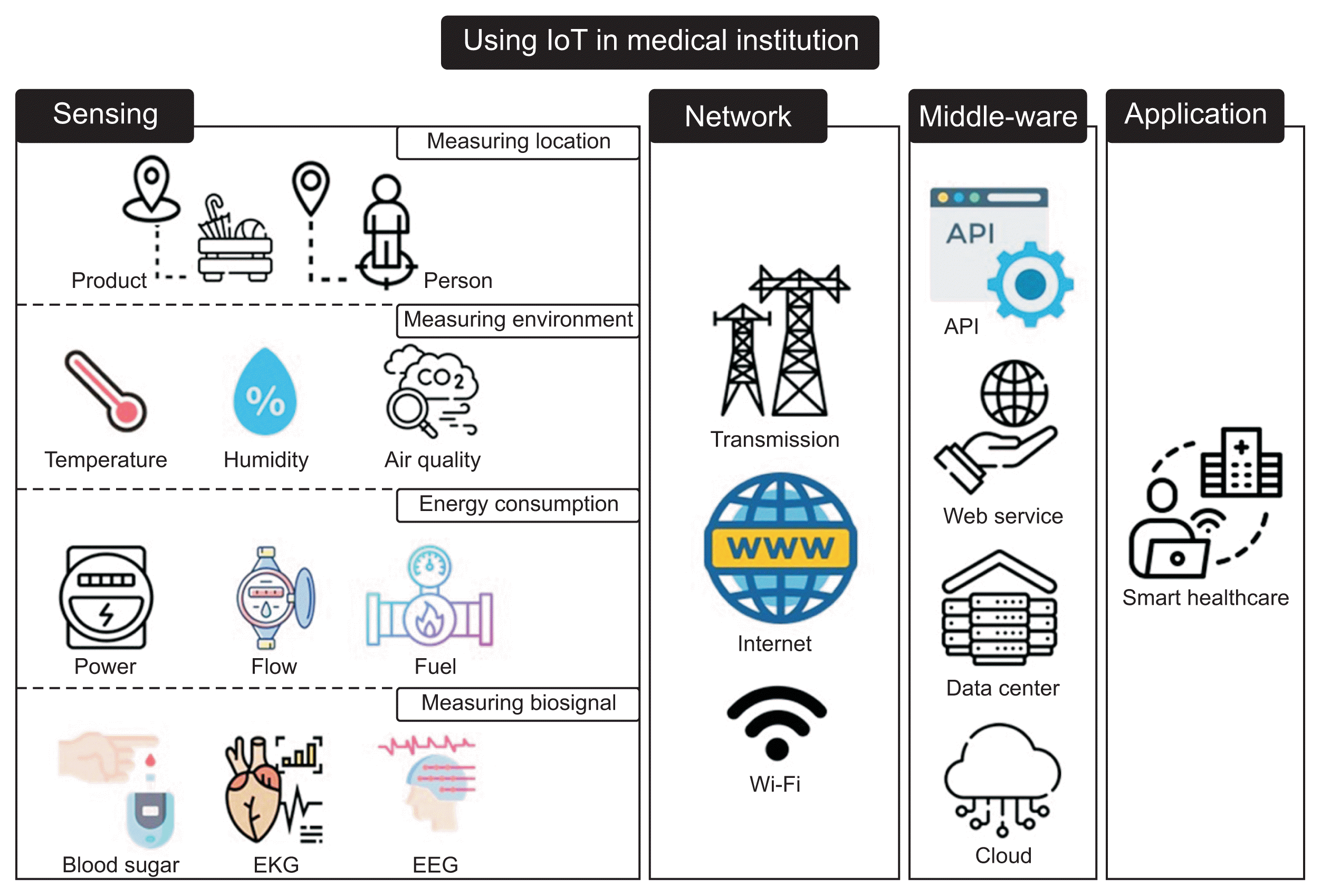
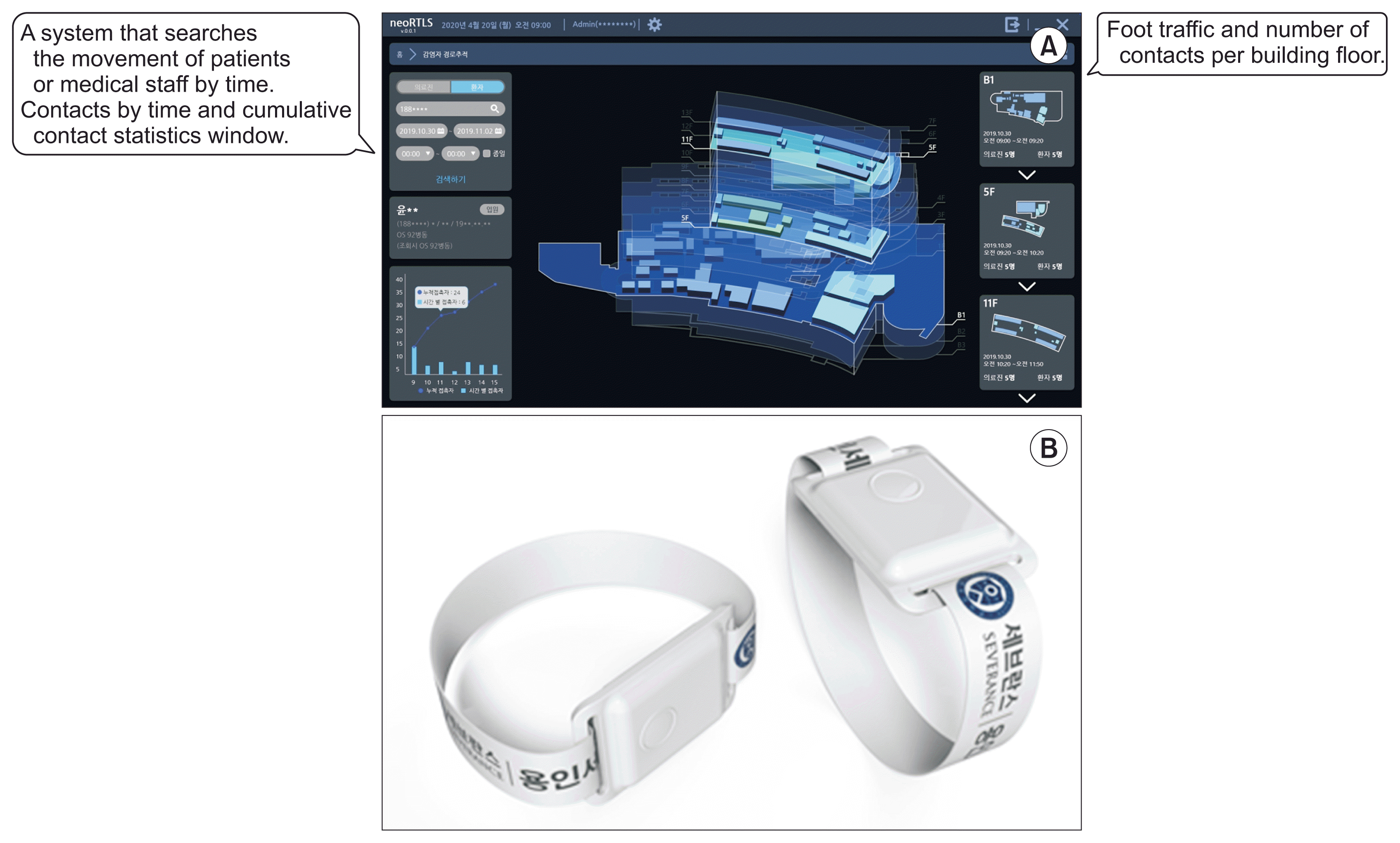
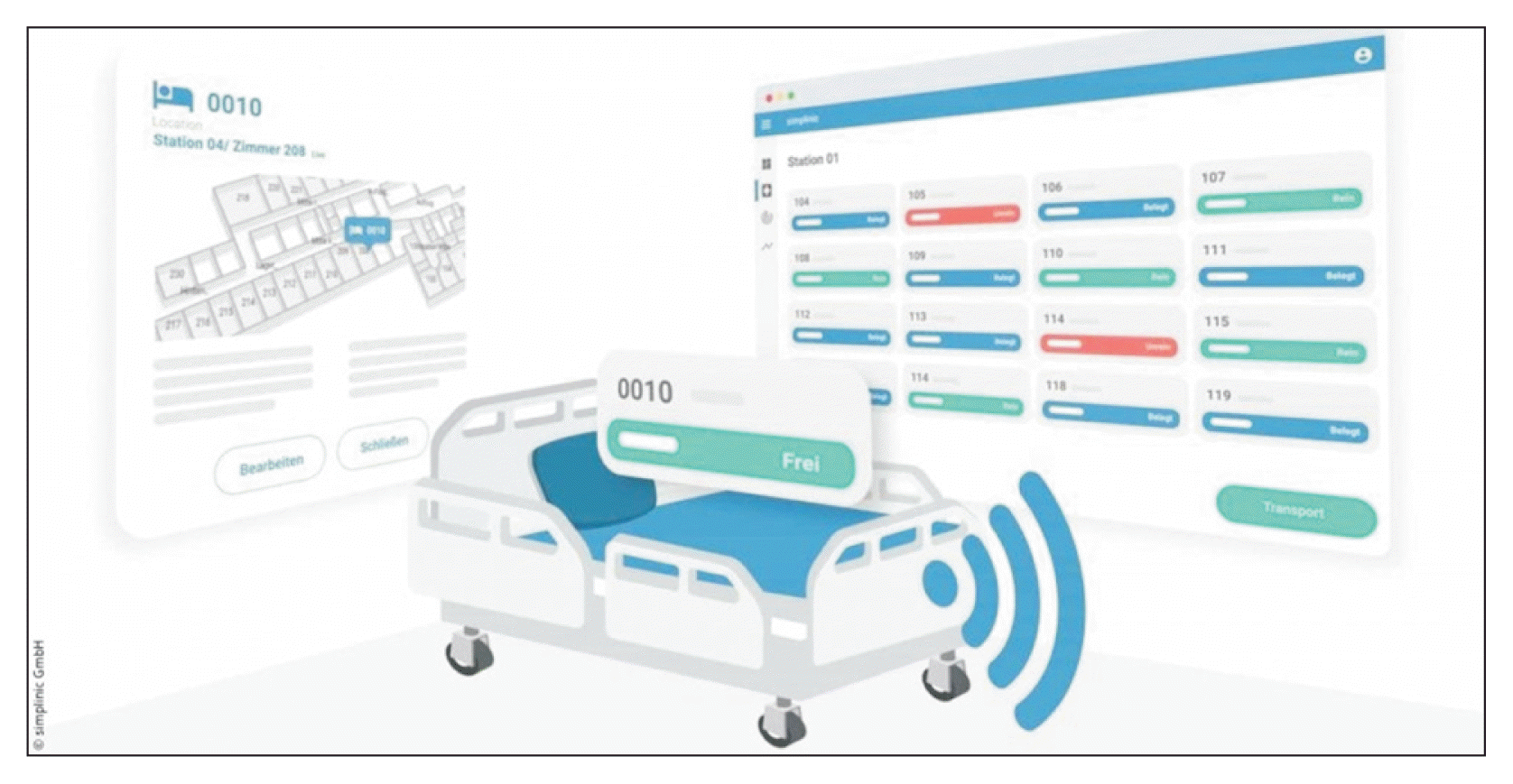
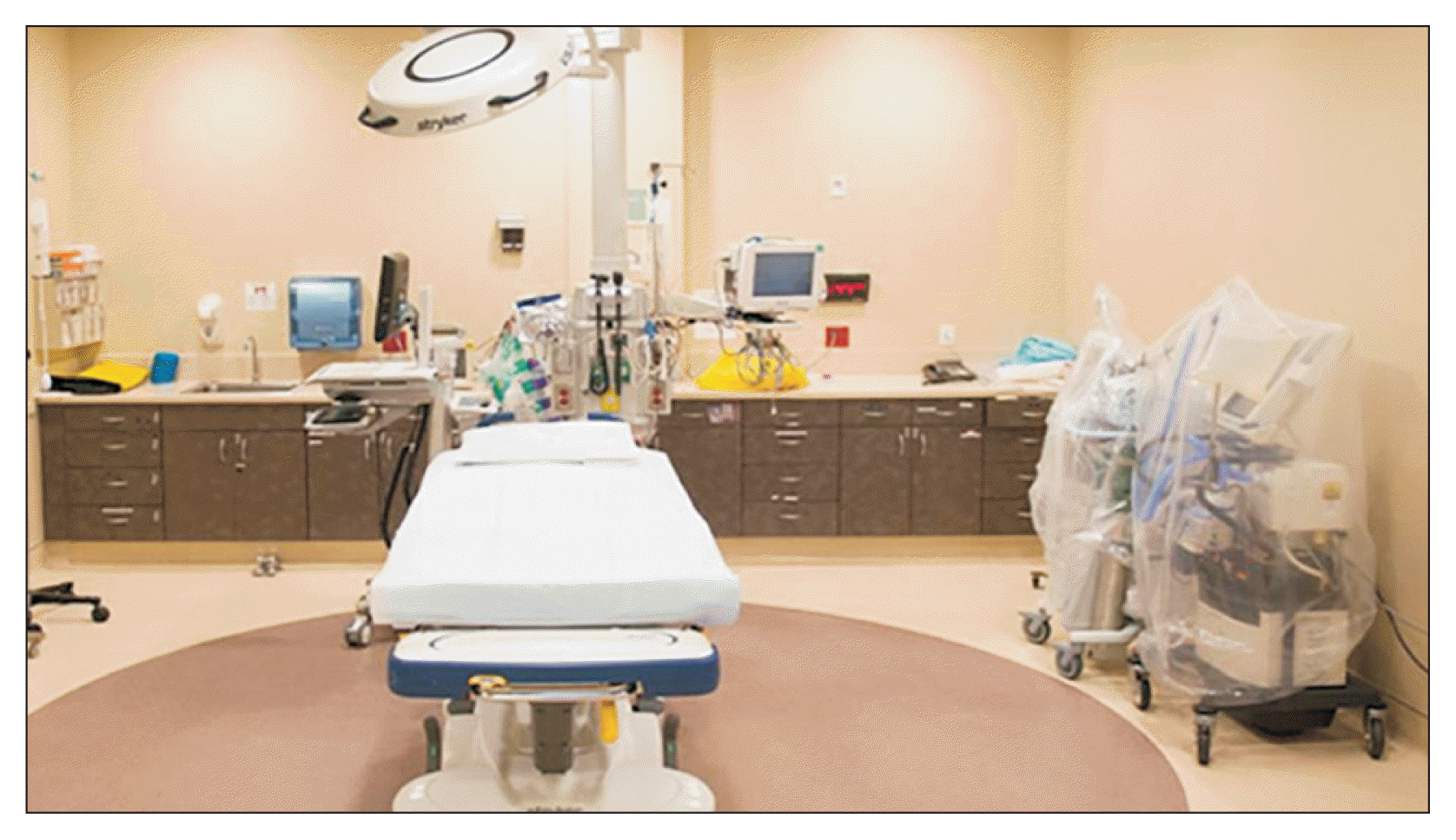
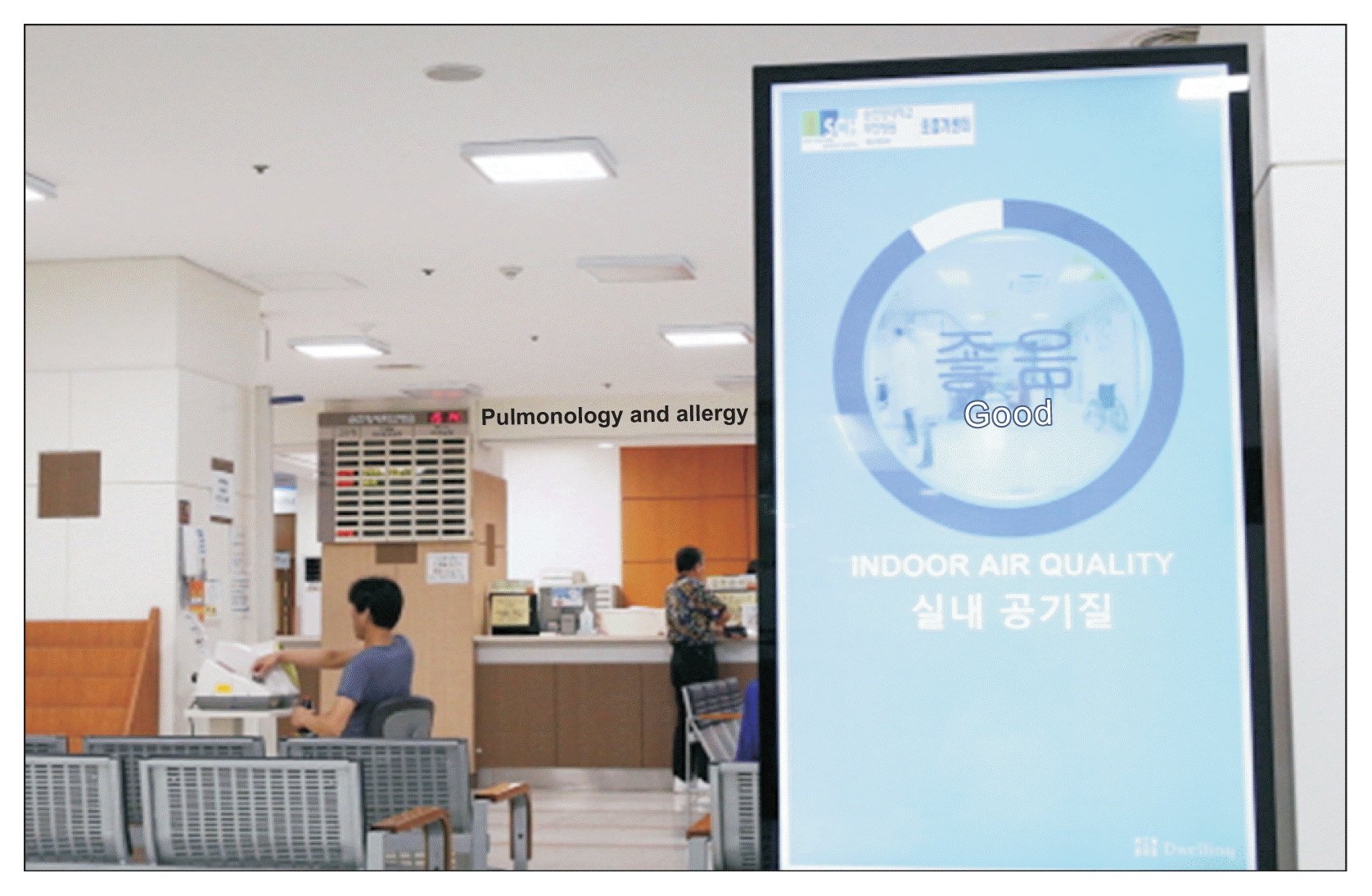
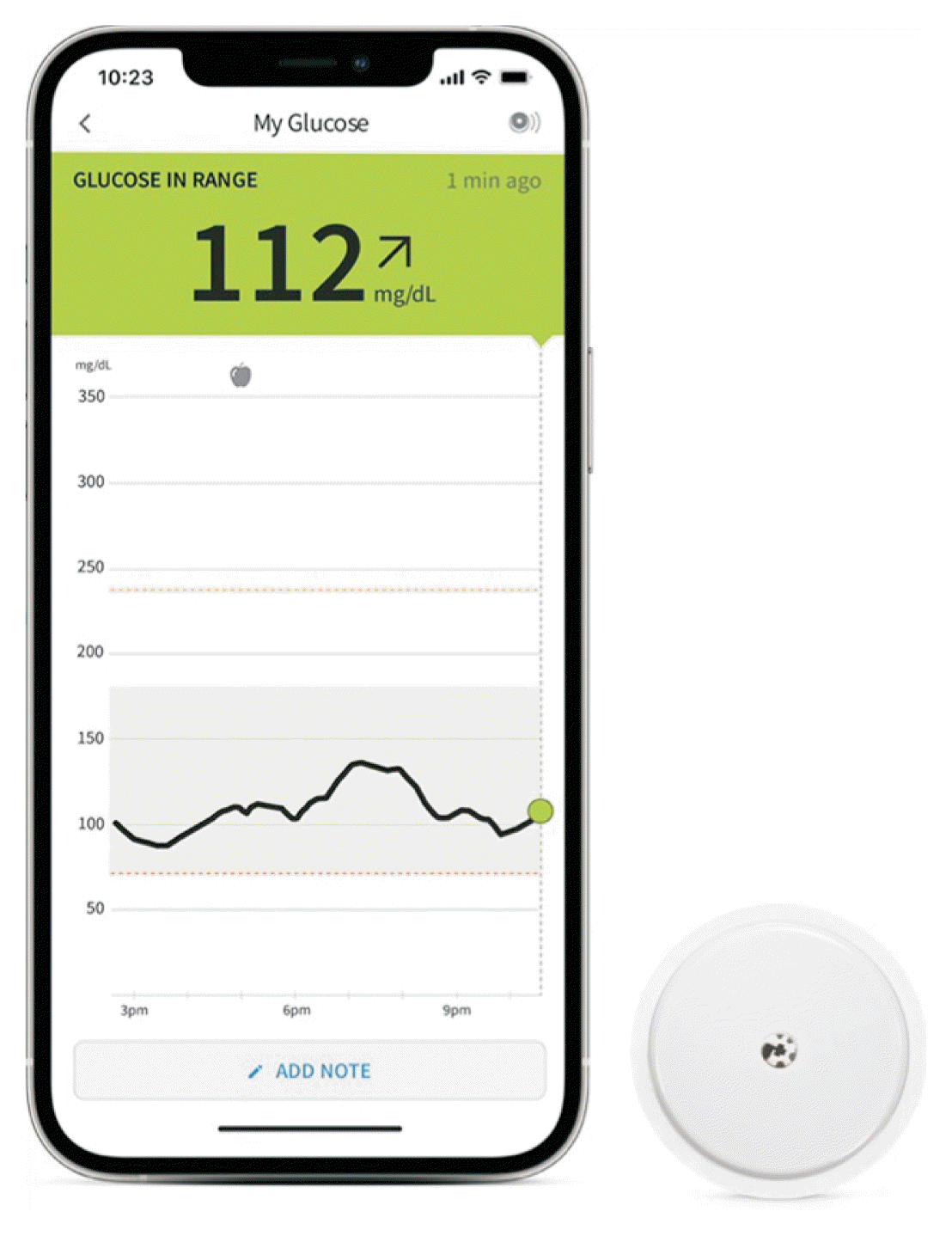
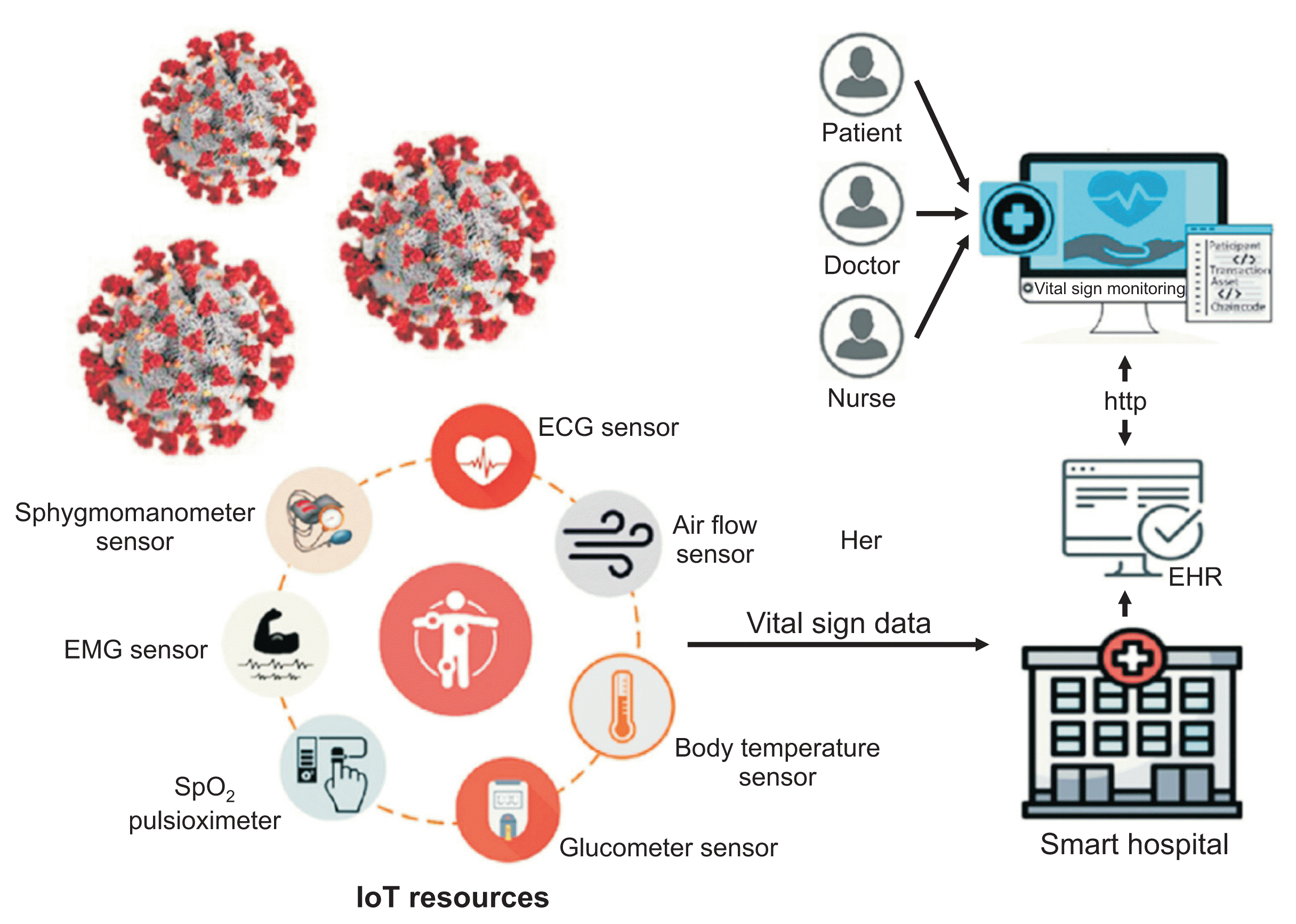




 PDF
PDF Citation
Citation Print
Print



 XML Download
XML Download